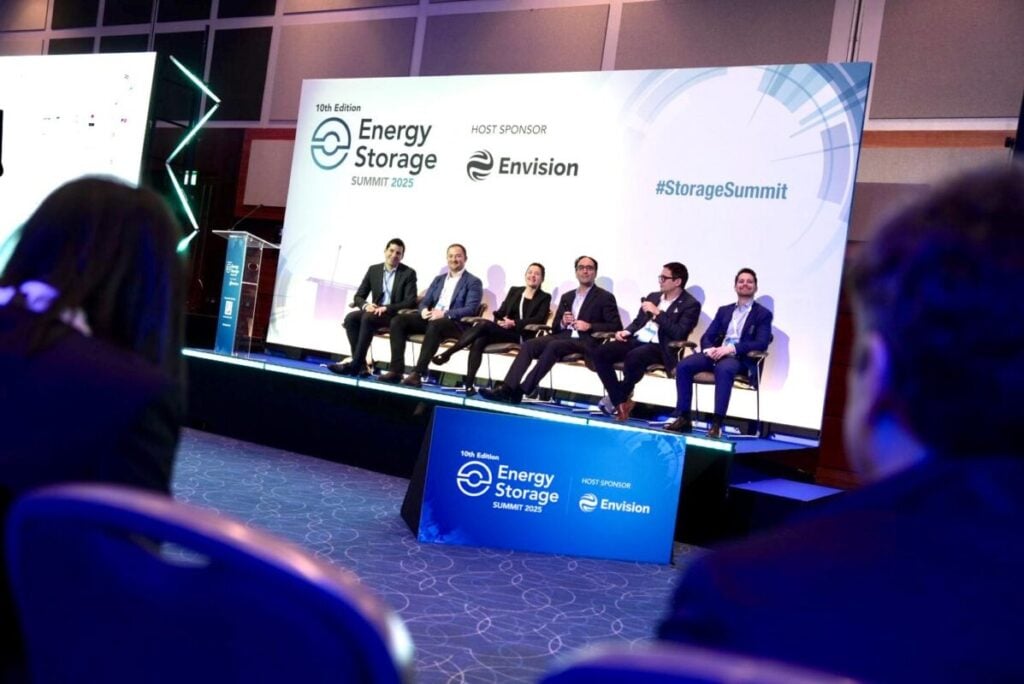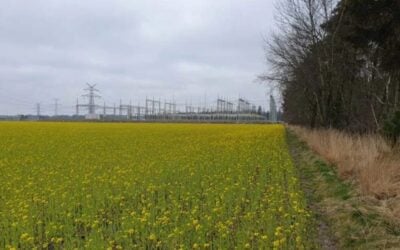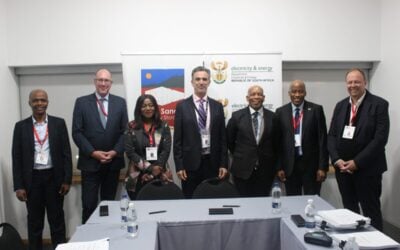
Industry experts discussed the varying approaches in Europe to procuring energy storage via long-term support schemes on Day One of Solar Media’s Energy Storage Summit 2025 in London, which kicked off today (18 February).
The ‘What is the Right Way to Go About Procuring Long-Term Energy Storage in European Markets?’ panel discussion this morning featured industry experts from investors and asset owner-operators Dais Energy, Bluefield, Ikigai Capital, consultancy Clean Horizon, trade body the Polish Energy Storage Association (PESA) and lithium-ion OEM Envision Energy.
Enjoy 12 months of exclusive analysis
- Regular insight and analysis of the industry’s biggest developments
- In-depth interviews with the industry’s leading figures
- Annual digital subscription to the PV Tech Power journal
- Discounts on Solar Media’s portfolio of events, in-person and virtual
In some countries, like the UK, Germany, Sweden and Netherlands, grid-scale energy storage markets have emerged largely through merchant opportunities without any long-term state-led procurements or revenue incentives, like a capacity market (CM). Whereas elsewhere, like Spain, Italy, Portugal and much of Central and Eastern Europe (CEE), the markets have been kicked off by procurement and financial support schemes.
Maciej Szambelańczyk, board advisor at PESA, pointed to Poland’s experience of procuring BESS through long-term revenue schemes.
“The capacity market was initially to support coal and gas, but storage squeezed those technologies out,” he said.
“The amount of storage procured showed where the market is heading, though the last auctions are set to be held in 2025, so the question is what is beyond that?”
Helena Anderson, COO & co-Founder, Ikigai Capital, pointed to an example of how procurement schemes don’t always go to plan. Portugal recently awarded grant support to 43 projects totalling around 500MW of power, but awarding grants is by no means a guarantee the projects will proceed with that contract, as Ikigai’s experience showed.
Anderson: “In Portugal, we bid with a client for a grant for a project but withdrew there because the handcuffs put on the grant were so extreme. Having been offered grants, a lot of people withdrew from that market because it was designed in a way that reduced flexibility.”
“For Portugal, as a smaller market, it has to try to stimulate multiple elements of the battery market all at the same time in order to create that market,” Anderson explained, speaking to Energy-Storage.news after the panel. “They thought that the best way of doing that was to put out a capex grant programme, and obviously you are competing against other bidders for lowest capex, but also the demonstration of additionality.
“You’ve got this simultaneous challenge of wanting to bid in with a project that demonstrates that it’s actually longer-duration or over-sized or able to do things that a purely financial decision wouldn’t enable you to do. In a world where you don’t have secure revenues, you want to make the battery small, reduce the capex as much as you can [and] take as little risk as you can to know that you can amortise that battery as quickly as possible.”
One audience member asked about the extent to which European markets were designing procurement and support schemes specifically for long-duration energy storage (LDES).
Corentin Baschet, head of market analysis for Clean Horizon, pointed out that only one European country so far has done this in a targeted way, but other procurements could support LDES too depending on your definition.
“MACSE in Italy goes up to 8 hours, but in general the European approach is to let the market decide. The UK is the only one with a scheme specifically targeting LDES rather than lithium-ion. But with the price falls, lithium-ion is hard to beat,” Baschet said.
Daniel Connor, CEO of BESS developer-operator Dais Energy, added: “You will need a scheme for LDES. I don’t know anyone who will do LDES on a merchant basis.”
In response to a question around the minimum revenues needed to be make a BESS project bankable, Baiju Devani, investment director at asset owner Bluefield, said you needed to think both about the level and the durability of those revenues.
“Most people would like a revenue level of €50-100k per MW. The question is how durable those revenues are, look at the UK example. You don’t need that level of revenue 100% of the time. If you can get half of that on a long-term basis, you get a floor that is relevant for debt investors,” Devani said.
The session was moderated by Patrick Clerens, secretary general for the trade body the European Association for Storage of Energy (EASE).
Additional reporting by JP Casey.






